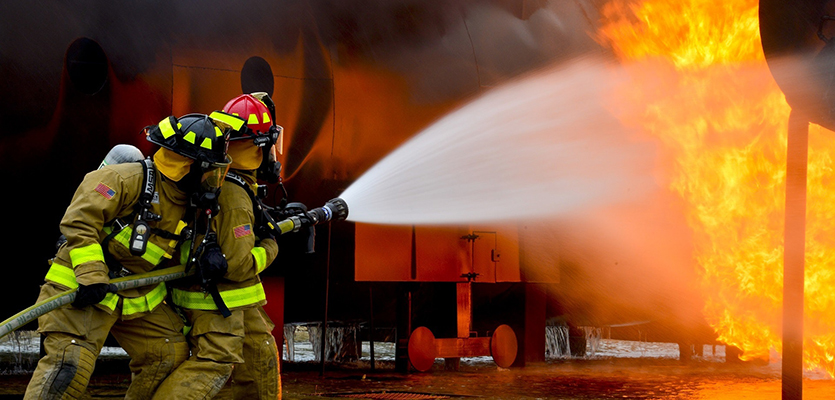Article from Insurance and Risk
Insurance brokers have been warned that non-compliant, highly flammable cladding appears to have been used in buildings around the country – not just Victoria.
The Victorian Building Authority last week revealed that of the 170 buildings audited as part of the their investigation, which was prompted by the Docklands Lacrosse apartment fire of November 2014, 51% were found to be non-compliant.
Reports have since emerged that the cladding problem is not confined to Melbourne, and it’s expected there will be a large flow-on effect for the insurance industry.
Andrew Nock Valuers founder Andrew Nock says the problem has “mushroomed” ever since the first building emerged out of Melbourne.
“They’re finding more in other states now. So it’s only going to get worse before it gets better. I don’t know where it’s going to finish, or how anyone is going to stop it,” Nock says.
As such, brokers are being advised to exercise vigilance and seek out whether a building they’ve risk assessed contains the aluminium composite panels (ACP).
“Brokers have got to go back to the builder, seek the checklist of all goods used in the building construction of the actual building, and then make sure that none of that cladding from China was used on their buildings. It’s Australia wide now,” Nock says.
Tresscox Lawyers Partner Mark Sheller says the cladding problem is no doubt already on the radars of insurers.
“It will become more and more of a big deal for insurers. So there’s a couple of angles that brokers would have to concern themselves with,” Sheller says.
“Firstly is in terms of insurance placed on behalf of the owners of the buildings in questions. And then on behalf of professionals who might be involved in the construction of the building.
“Brokers have to be conscious of the fact that either the product used, or the installation or the product, may give rise to a particular risk that the insurer may need to know about.”
Sheller added that the key consideration was to ensure proper communication with insurers.
“While the insurer may impose conditions, or may even decline the particular risk, it’s better to deal with that issue before the policy is placed, rather than fudging it and then having to deal with an insurer that has taken on the risk, only to discover that there’s a particular issue that should have been disclosed,” Sheller says.
“The immediate consequence for [brokers] is if there is a breakdown in the policy’s operation, then their client will have some direct questions to the broker as to why the policy hasn’t been put in place, or why it’s not effective.”
Investigations into the November 2014 blaze found that the use of aluminium composite panels (ACP) on the buildings external walls contributed to the fast and dangerous spread of the fire.
Commonly used by builders as feature panels to provide a decorative finish on external walls, the use of ACP in the Melbourne Dockland’s apartment fire did not comply with the National Construction Code (NCC).
The Australian last week also reported up to 2500 high-rise buildings in Sydney could contain the same type of non-compliant cladding that has caused dozens of deaths overseas, according to a briefing note from the NSW Department of Planning and Environment.

